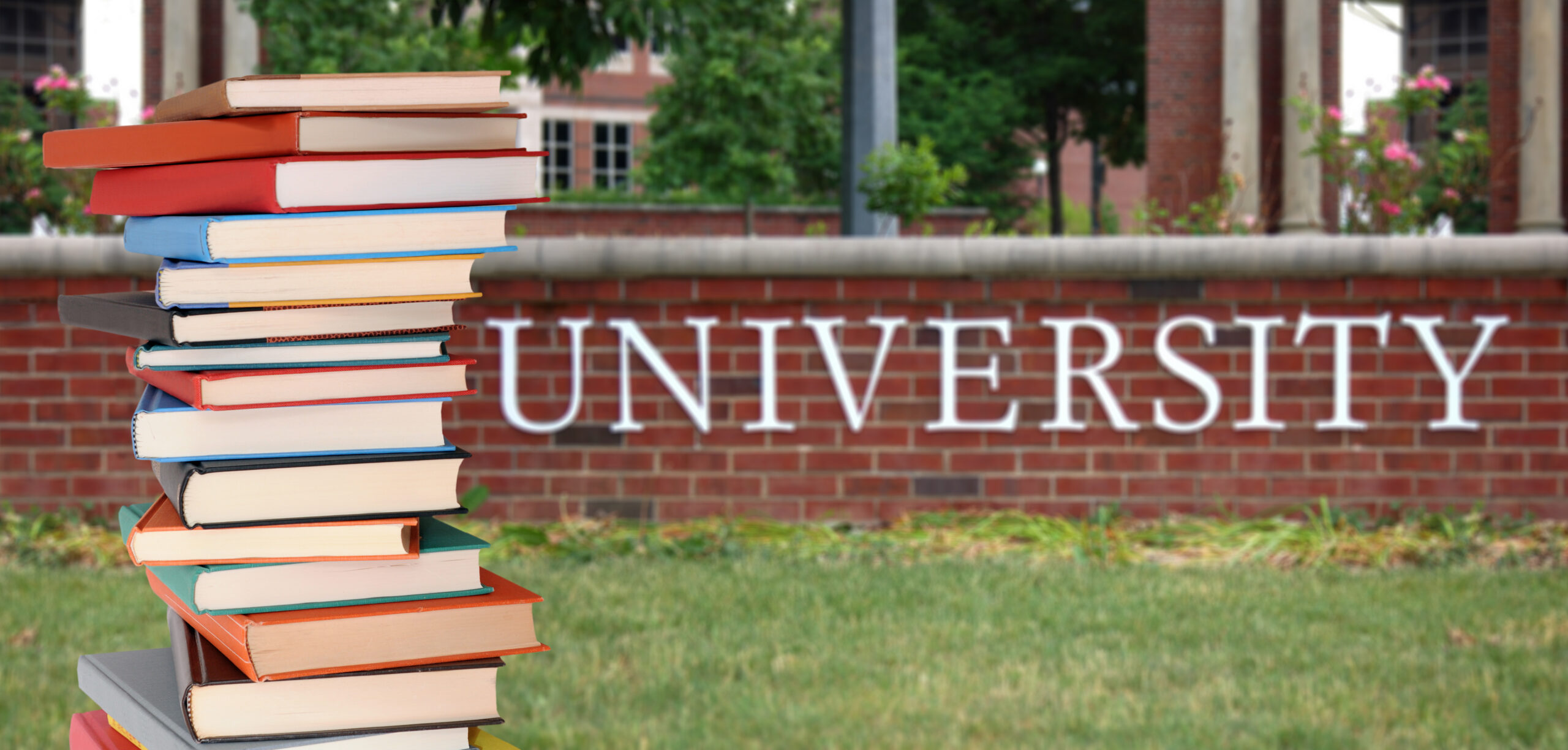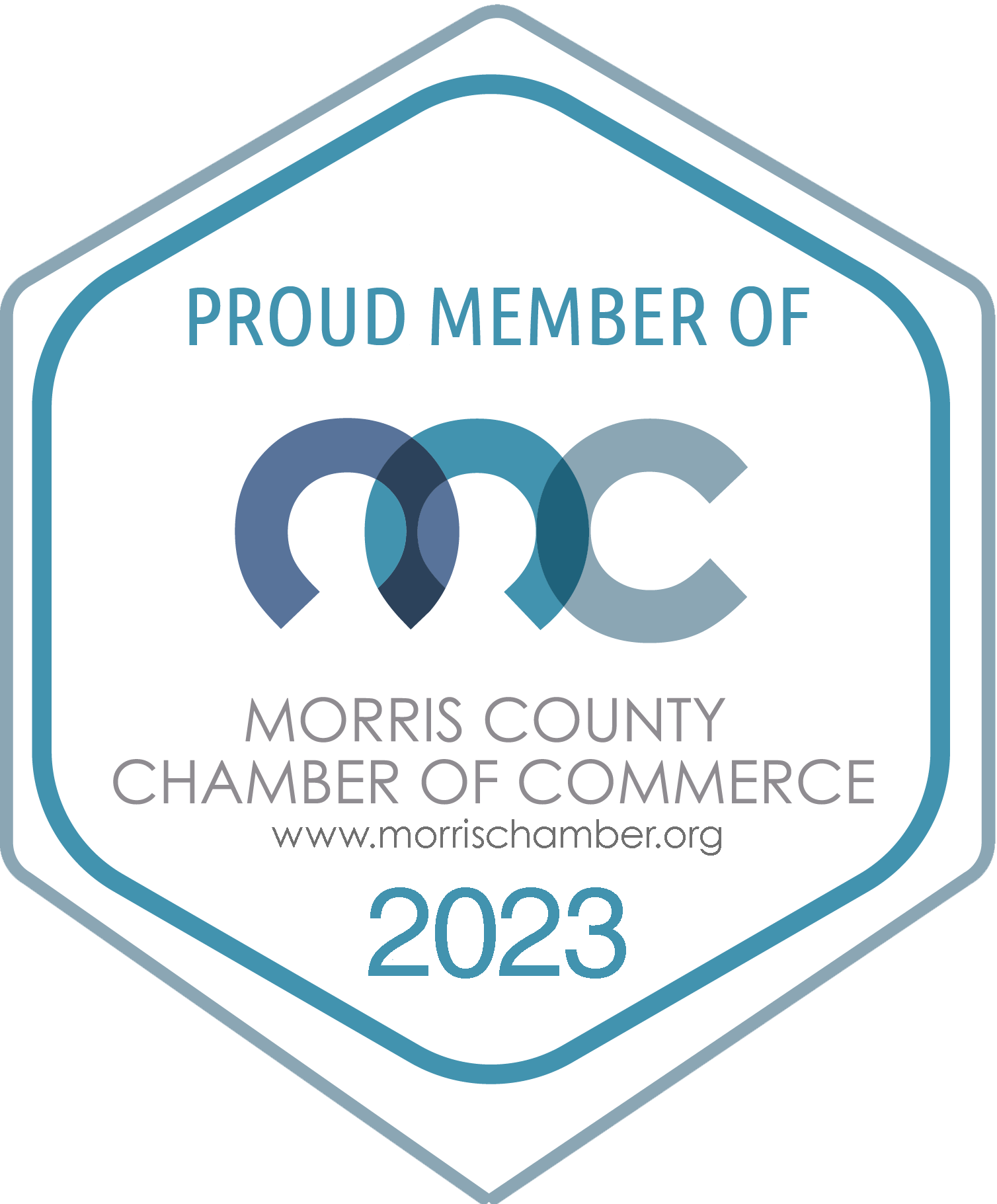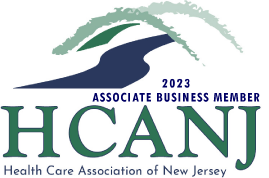
Across the country, college and university enrollment has seen a noticeable decline over the last few years. In Spring 2022, there was a drop of 4.7% in undergraduate admissions compared to Spring 2022, which is equivalent to over 600,000 students, according to US News. Combining that with the drop that admissions saw in Spring 2021, college enrollment has seen an overall 9.4% decline since the start of the pandemic. New Jersey wasn’t immune from the enrollment declines, either. According to the Office of the Secretary of Education, total enrollment at public universities in NJ fell by 3.1% during Fall 2021. Private schools saw a dip of 3.5% over the last two years, while community colleges saw the worst drop, being more than 18%.
This doesn’t come without consequences. According to the Hechinger Report, fewer Americans going on to earn a degree could have major impacts for not just colleges, who will have to cancel classes and lay off adjunct professors, but for the country as a whole. Those without a college degree are more likely to have higher rates of poverty and unemployment, which would affect the health of the country.
The decline in enrollment in NJ, along with the rest of the country, can be attributed to several key factors. First, rising tuition costs have naturally made fewer students able to attend college. According to government figures, tuition at public four-year institutions during the 2020-2021 school year was 10% higher than it was in 2010-2011, and that number is projected to only increase over time. This increase in tuition costs has also caused many American families to question the value proposition of a college degree compared to other post-secondary education options, such as cheaper and shorter to complete skilled trade programs which may offer similar earning potential.
The other major factor which has contributed to the recent declines in enrollment is the pandemic. Despite it being two years since the pandemic started, the after-effects are still being felt. Many colleges are still using online or hybrid classes, which has caused students to question if the quality of the education they’re receiving has declined. According to Forbes, surveys show that students are mostly dissatisfied with post-pandemic online college learning. On the recruitment side of things, the pandemic also inferred with in-person recruitment events, such as in-person tours and college fairs, which were canceled during the pandemic. As a result, this gave colleges fewer opportunities to advertise to incoming freshmen.
With enrollment rates declining, it’s crucial that colleges try to fight back and increase enrollment and retention of students. One way colleges can do that is by reevaluating their classes and programs and incorporating more practical and workforce skills. With students questioning the value of a college degree, it’s important that schools update their classes to display a greater value proposition and better prepare students for after graduation. More practical skills are in high demand, as enrollment in trade schools and two-year college programs rose significantly over the spring according to US News. For example, The Colorado School of Mines saw its enrollment rates go up by 22% over the last five years according to Real Clear Education. They rank in the 99th percentile in Georgetown University’s Center on Education in the Workforce rankings of return on investment, with their main focus being on hands-on learning and workforce preparation for STEM careers.
The second way colleges can increase enrollment rates is by tackling rising tuition costs, with offering strategic financial aid being key to helping lower-income families pay for college. For example, according to The Chronicle of Higher Education, Georgia State University Panther Grant gives students small “micro-grants” of $900 to students who display financial struggles without them even applying. 86% of grant recipients go on to graduate, significantly increasing retention rates. Other ways to help lower tuition costs include making it quicker to complete a degree, such as how Ivy Tech College allows students to take extra credits without an extra cost.
With enrollment rates declining, it’s become more important than ever for colleges and universities to revise their student recruitment methods, adapting to new student interests and expectations. There is hope for a rebound in NJ at least, as shown by Montclair State University, Georgian Court University, and Ramapo College. While their overall undergraduate enrollment rates were down, their applications and freshman admissions were up for Spring 2022. Their administrators express confidence that Fall 2022 enrollment rates will show steady growth. Higher education is undergoing one of its toughest tests yet. With a proper plan and enough time, it’s a test which it should pass with flying colors (and without any cramming the night before hopefully).
SCG Advertising + PR has been supporting higher education for 25+ years with advertising, marketing and public relations services.





